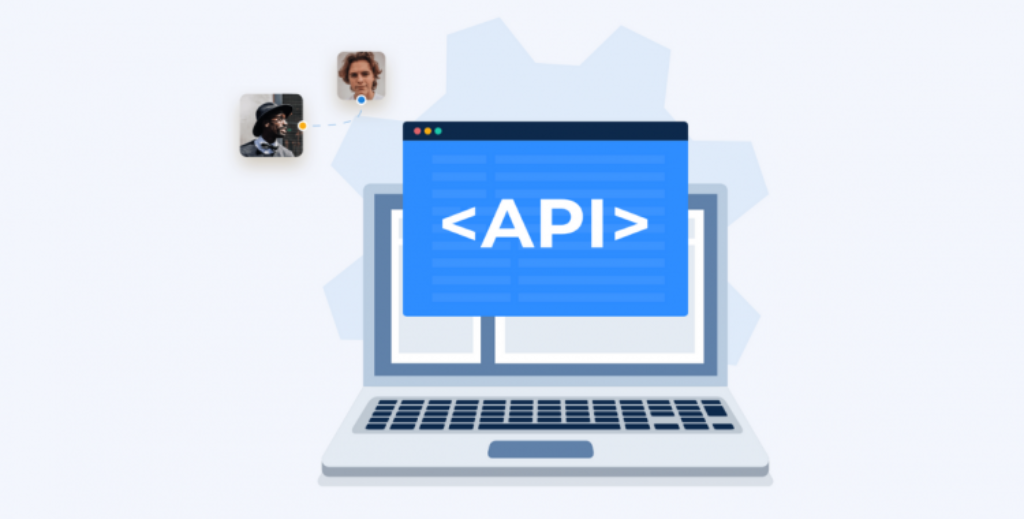The Web3 Marketing Revolution
There’s a new buzzword in town that’s got everyone talking about the next generation of the internet and how it’s putting marketing power directly in the hands of your customers. Shifting marketing impact from monster tech companies and data-driven targeting, Web3 welcomes an all-new era of community marketing.
The world has changed. The way we interact and communicate with each other is now totally different from how we did so in the past. And, because of how consumers have changed, for any business to survive it must adapt to that change, and quickly. Brands cannot expect to keep doing the same thing as they have done in the past and expect the same type of results from these vastly evolved customers and marketplaces. Web3 is ushering in a change to the way we need to market and sell to a new era of the digital consumer. And, by creating an opportunity for businesses to acquire highly qualified leads, a Web3 approach to customer acquisition will also improve retention and the lifetime value of a loyal customer base.
But how do you market in a Web3 way or position your brand in a Web3 world if you don’t have a Web3 business? To stake your claim in a Web3 landscape let’s make sure to understand how Web3 differs from Web 1 and Web 2.
Table of Contents
What is Web3?
Borne from questions raised by consumers about how brands and tech companies are using their data to influence their purchasing behaviors, where Web 2 was epitomized by data-driven, direct-to-customer, targeted advertising, Web3 is seeing a decentralization of data, AI, and tokenized economies.
But what does all of this mean?
The best way to explain the future of Web3 is by drawing a comparison of Web 1 and Web 2 and the foundation from which Web3 has evolved.
| Web 1.0 | Web 2.0 | Web 3.0 |
| Information economy | Platform economy | Tokenized economy |
| Search engine optimization | Data-driven targeting | Relationship-based |
| Read-only | Read and write | Read-write and execute |
| Email marketing | Social media marketing | Community-driven marketing |
Web 1.0
What we all know as the very first version of the internet, Web 1 can be best described as the “read-only” version of the internet. Web pages and content were created to inform, educate, and bring awareness to brands and businesses pioneering enough to take the plunge and publish their business on the internet.
- Static pages
- Read-only
- One to many
- HTML frames and tables
- Email marketing and outbound campaigns
Web 2.0
Where Web 1 followed a one-to-many approach to content and online information, Web 2 swiftly evolved to a many-to-many approach to content creation and consumption. Differentiated by User Generated Content (UGC), ease of use, and optimized content for improved searchability. Web 2 was all about the user experience and how to improve credibility and enhance a customer’s online experience with a brand.
- User-generated content
- Read and collaborate on shared content
- Online communities and forums
- Podcasts, blogging, and tagging
- Social Media
- JavaScript frameworks
Web 3.0
With the rise of artificial intelligence and machine learning, what sounds to be something out of a sci-fi movie, Web3 is characterized by an advanced evolution of web technology that allows users to create, share and even transact financially, without a centralized platform or authority. From the Metaverse to NFTs, cryptocurrency, and Blockchain, Web3 will see the evolution of a centralized server-client infrastructure to a decentralized peer-to-peer data network.
- Artificial Intelligence and Machine Learning
- Natural Language Processing (NLP)
- The advancement of the Internet of Things (IoT)
- A 3-D graphing and rendered environments to create virtual worlds Blockchain games, virtual currencies and NFTs
Here’s an example to help clarify what we are describing.
Web 2 banking is controlled by a centralized financial system. This means that if one person wants to send money to another person, both individuals must have their data stored in that central banking system. The respective bank/s will act as an intermediary to facilitate the sending and receipt of funds. Web3, however, enables individuals to financially transact in a decentralized blockchain for example Bitcoin, eliminating the need for a centralized bank intermediary.

Source: https://twitter.com/iamireneyu/status/1493270073343152132
The Web3 Marketing Revolution
The key differentiator of Web3 can be best understood by the decentralization of user data. And much in the same ways, customer data will no longer be controlled by a centralized server-client infrastructure, marketing data will be very much the same. Where customer marketing data was once owned and governed by private corporations such as Facebook and Google, influencing data drive targeting, the decentralization of customer data will have the same kind of impact on paid-for marketing. Revolutionizing user-generated content and search engine optimization, Web3 will now provide users with a more interactive and enhanced marketing experience. Creating renewed prospects for brands to build impactful relationships with loyal customers, Web3 offers ample opportunity for advertising innovation.
Web3 marketing will be characterized by:
- Enhanced computer-to-human communication – (SW)
- Natural Language Processing (NLP) technology – Artificial Intelligence (AI)
- More accessible across devices, applications, and communities – Internet of Things (IoT)
- Decentralized data is no longer controlled by a single server- at a specific location
Putting the power of your marketing directly in the hands of the customers’ Web3 will revolutionize the way marketers sell to their customers. Now any company can reach new customers and grow their business following a Web3 marketing approach. And you don’t need to be a Web3 company to benefit from the Web3 marketing revolution.
We know that in the past Web 2 required brands to inject all their marketing budget into data central tech companies like Facebook and Google to run extremely competitive and therefore expensive paid marketing and brand awareness campaigns. CPC and PPC campaigns are not only a costly customer acquisition exercise, but the impact is low, and their credibility has become questionable.
Today, Web3 businesses can inject the same value of marketing budget in getting customers to use their products and spread the word about their brand with proven results far more impactful than Web 2 paid-for campaigns.
So what can marketers expect to see change?
In the past Web3 marketing mechanics like referral campaigns, blockchain technology, and incorporating NFTs in content creation were notoriously expensive, difficult to build, and a technical maze for everyday marketers. But through software innovation and adaptations in tech, Web3 marketing tactics are not only much more accessible but cost-effective too. Now marketers can leverage Web3 to help grow their brand and accelerate mass adoption of their products through customer referrals, peer-to-peer data, and building loyal customer communities. Creating a fully automated marketing channel that’s accessible to customers 24 hours a day, affordable and risk-free, the Web3 revolution reinforces why every business in the world should be building referral programs to get more customers and grow their business.
If you’d like to know how referral software can help your business innovate and grow, please get in touch 🙂




